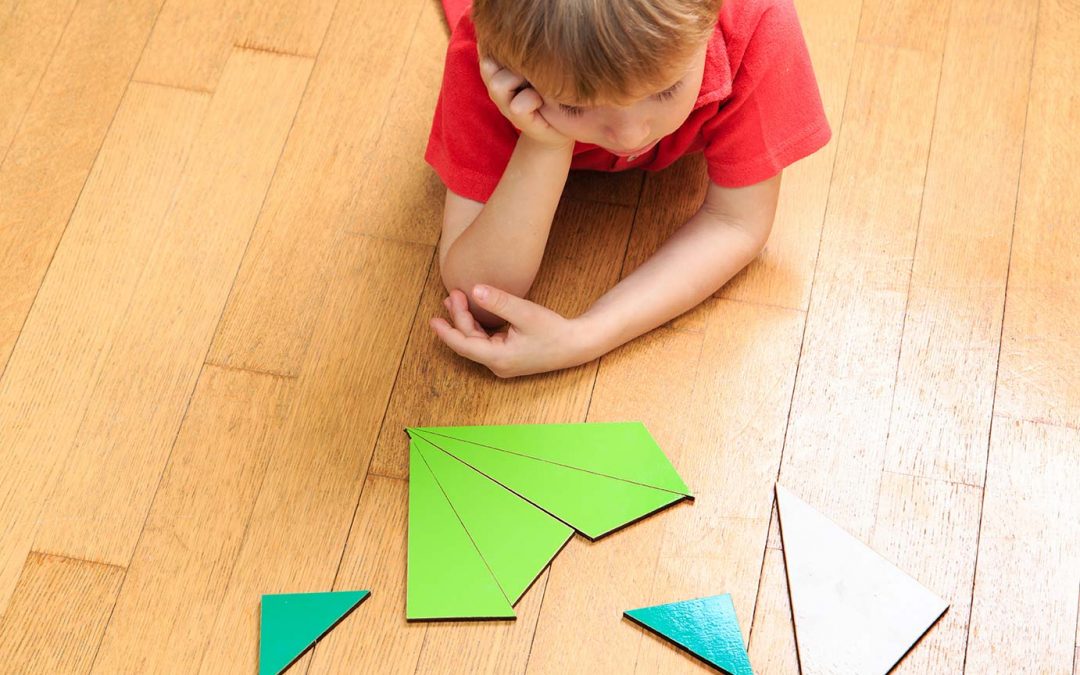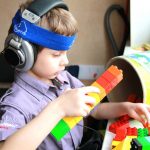A critical developmental skill on so many levels
I just finished a round of workshops and training in Singapore and Australia and taking the opportunity of a few days break in Perth, Australia while visiting family. Every day here I get to observe two typical girls (2 and 4 years old) play and simply take from life whatever they can. It is refreshing and I am also realizing how much time I spend on observing human behavior!
What is so very clear; is how much active problem solving is enjoyed by kids developing typically. When I pose a problem for the 4 year old (we will call her Caren), she looks up, makes eye contact and searches my face to see if she could find a non-verbal cue to solving the problem. When I pose a problem to Tanya (2 year old), she stops dead still and stares, gives me her most engaging smile and hops on my lap to solve the problem for her, perfectly trusting me to be up to the job.
Both Caren and Tanya embrace the problem solving opportunities on different levels. Frustration is quick, but perseverance prevails. Even when we are not able to get to solve the problem before the “meltdown”, the turn around from being upset is fairly quick. It is also amazing to see how much longer they will stay with the problem solving if the adult remains engaged and supportive emotionally, even though not really doing anything physically. They will really keep trying and only get upset if the adult withdraws the attention.
They also create their own problems to solve and truly, anything goes! From wearing packaging bubbles on their heads, to figuring out how to really get at each other; and pushing each others buttons. As they go about their play, they literally are solving a new issue every 5 minutes. Each problem is yet another opportunity to answer a question, to engage in sequence, to figure out the steps, going from initiation to task completion.
And they do not need any rewards from anyone. Just attention, thank you very much, is all they seem to want. They look for validation, but they are not looking for extrinsic rewards. They want to intrinsically please themselves in playing or doing something. Just this morning they were engaged in making banana bread with their mother. Both cuties lined up at kitchen table, each with spoon in hand trying to figure out how to mash the bananas and of course each has to have their own ‘job”. Their inner drive is a sense of ownership which would be their own particular accomplishment. Even though our validation is reaffirming, they smile about what they have achieved before the adult has even said a word. This inner drive leads to the next explorative activity and then, the next.
It is also amazing to see how much longer they will stay with the problem solving if the adult remains engaged and supportive emotionally, even though not really doing anything physically. They will really keep trying and only get upset if the adult withdraws the attention.
It is also the simplicity that counts. I sat at the kitchen table and both had to squeeze into the tiniest corner at the side of my chair. I created a pretend idea of a “jail”. For Tanya it was a physical exercise of figuring how to get out. For Caren, it truly was the idea of a jail and being unlocked that grabbed her. Both were problem solving on their respective levels of development. What am I confirming?
- Children’s play is rife with opportunity of developing sequencing and imagination important for academic and social prowess later.
- Think before you do something for your child. They may really enjoy doing parts of tasks themselves, engaging their own self esteem and inner drive.
- They want us to be available and emotionally supportive, but not necessarily doing things for them.
Thank you Caren and Tanya!
Maude








